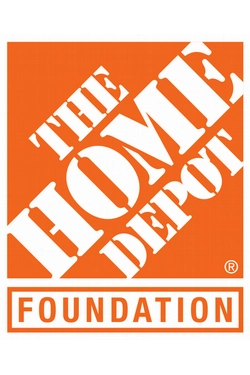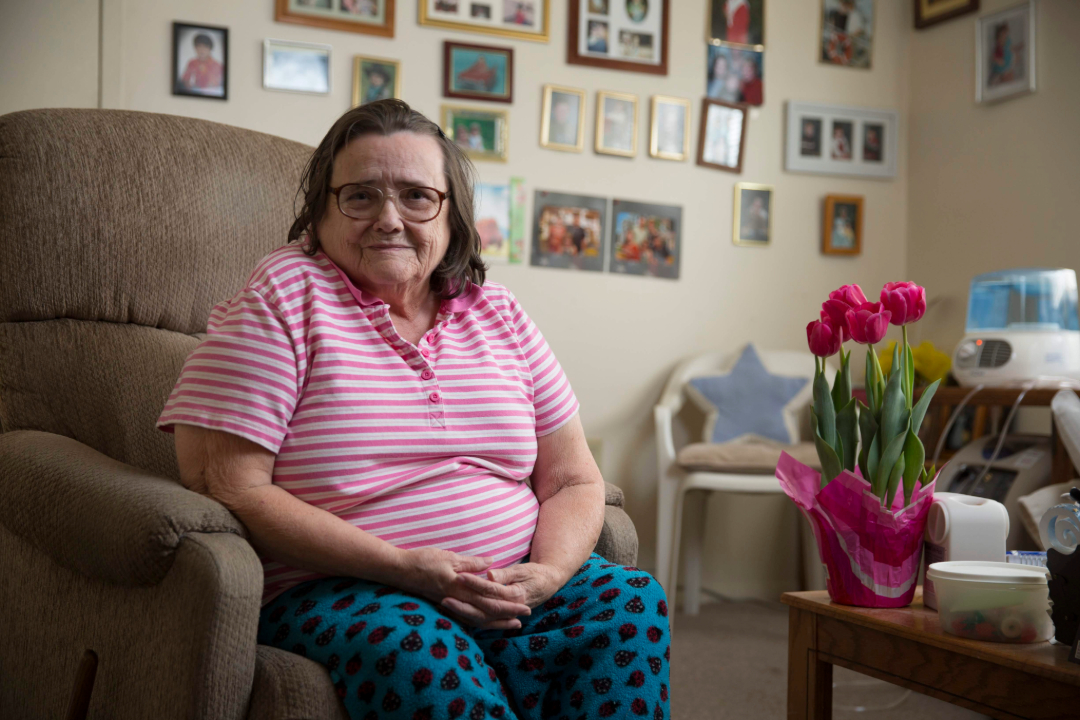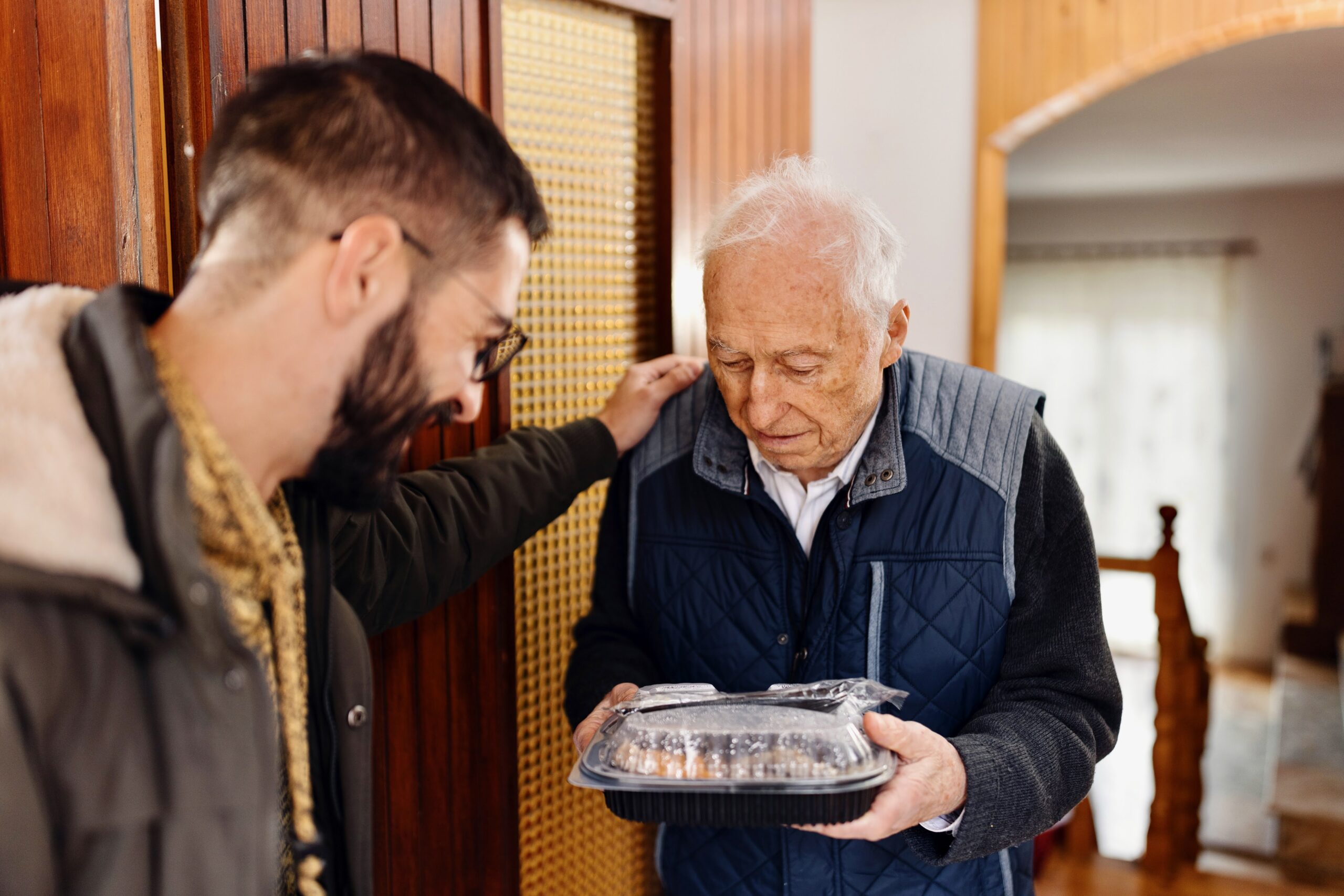Links & Downloads
In 2014, older adults reported an estimated 29 million falls in the prior 12 months — nearly one fall every second of every day.1 Why?
Because most homes are not designed to accommodate the challenges that come with aging. Narrow hallways, steep stairs and slippery bathtubs make it difficult for seniors to move safely, especially when using walkers or canes.
Made possible by a grant from The Home Depot Foundation, this 2017 report explores the hazards seniors face in their homes. It also highlights solutions to create safer living environments for older adults, with potential opportunities for Meals on Wheels America to expand its home safety initiatives in the future.
The Issue
- Nearly all seniors want to age in place.2 However, the average house is not designed to meet the unique needs of older adults, especially those with disabilities.
- In a 2016 survey, more than half of Meals on Wheels clients reported trouble accessing their shower, getting in and out of their house and traversing the stairs inside their home.
- Dangerous conditions, like uneven floors or loose handrails, increase a senior’s fall risk.
The Solution
To enhance home safety and livability for older adults, research points to three solutions:
- In-Home Repairs and Modifications: Home repairs, such as installing grab bars, replacing uneven flooring and widening doorframes, can make it safer for older adults to age in place.
- In-Home Occupational Therapy Services: Medical professionals can deliver specialized muscle-strengthening programs to help seniors build their strength and balance.
- Technology: In-home monitoring devices, such as sensors that detect falls or inactivity, can further enhance safety.
Several existing programs integrate one or more of these solutions to reduce fall risk. For example:
- CAPABLE: The CAPABLE (Community Aging in Place, Advancing Better Living for Elders) program empowers older adults to maintain independence by making practical modifications to their homes, teaching strength-building exercises and addressing health-related needs.
- STEADI (Stopping Elderly Accidents, Deaths and Injuries): Developed by the CDC, STEADI provides health care providers with tools to screen older adults for fall risk, assess their individual needs and implement strategies to reduce falls.
Current Practices
Current initiatives include:
- Home Modification Checks and Referrals: Volunteers are trained to identify potential home hazards and connect clients with occupational therapists or trusted contractors for modifications.
- Technical Support: Tech-savvy volunteers assist clients with the installation, use and troubleshooting of fall detection devices, emergency alert systems and other in-home monitoring tools.
These ongoing efforts are crucial in helping seniors age safely in place, and we continue to explore ways to expand and improve our services.
In reproducing any excerpts of this report, please provide a credit that recognizes Meals on Wheels America, such as: Meals on Wheels America. (2017, October). Older Adults and In-Home Safety. https://www.mealsonwheelsamerica.org/research/older-adults-and-in-home-safety/
Produced with generous support from:

Citations
- Bergen, G., Stevens, M. R., & Burns, E. R. (2016). Falls and fall injuries among adults aged ≥65 years — United States, 2014. Morbidity and Mortality Weekly Report, 65(37), 993-998. https://doi.org/10.15585/mmwr.mm6537a2
- AARP. 2021 Home and Community Preferences Survey: A National Survey of Adults Age 18+ Chartbook. Sep 2022. Data are from 2021 Home and Community Preferences Survey: A National Survey of Adults Age 18-Plus.
- Centers for Disease Control and Prevention. (2024, May 9). Facts about falls.
- Centers for Disease Control and Prevention. (2024, May 9). Facts about falls.
- Centers for Disease Control and Prevention. (2024, May 9). Facts about falls.
- Burns, E. R., Stevens, J. A., & Lee, R. (2016). The direct cost of fatal and non-fatal falls among older adults. Journal of Safety Research, 58, 99-103.

